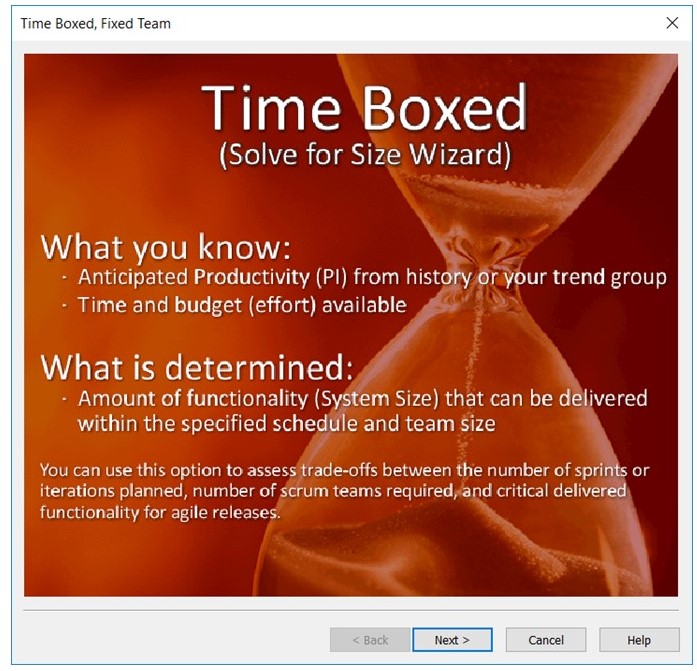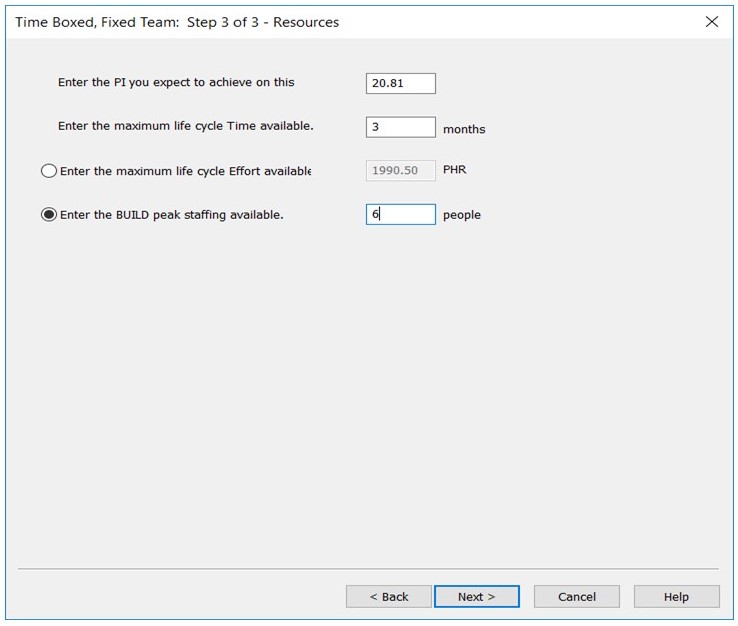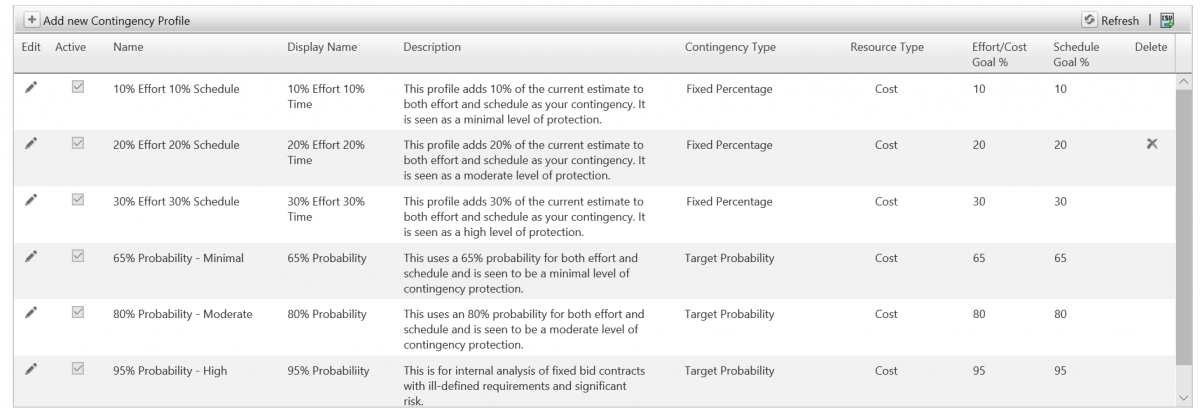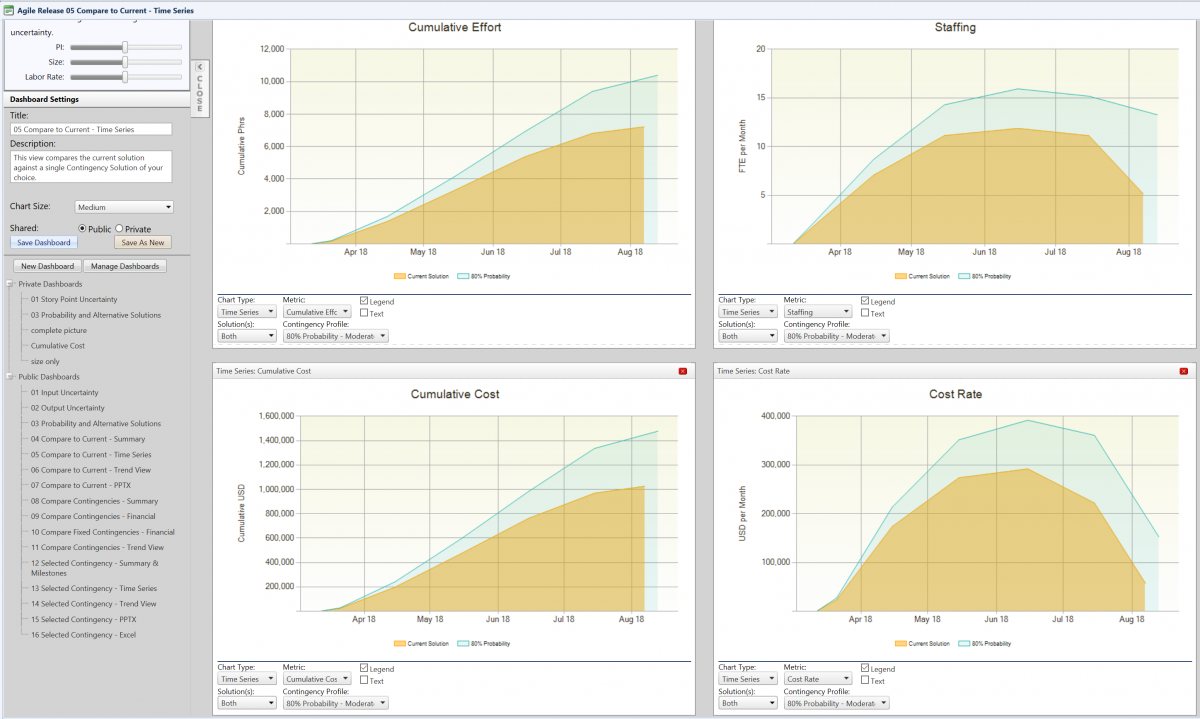Microsoft Services Global Apps CTO Discusses His Team's Evolution Around Estimation

As the Apps Global CTO for Microsoft Services, Lenny Fenster sees the need for estimation in many shapes and sizes throughout the world. In his twenty years at Microsoft, Lenny has also seen many different attempts to improve how Microsoft Services estimates time and effort for software development projects. Not all of them have hit the mark. In this presentation for the QSM 2018 Virtual Conference, Lenny talks about the evolution his team is driving in Microsoft Services to improve the maturity, consistency, and defensibility of software estimation for some of the largest and most complex software projects in the world. He talks specifically about the intentional separation of scope and estimation and the use of SLIM as a key ingredient in the success they are now having. Estimates are now done much quicker, reducing the time to run an estimate from days to just 4.5 hours.
Lenny was gracious enough to answer questions throughout his presentation about the estimation process at Microsoft Services. This sparked great participation from our audience, who asked a number of questions worth resharing. Here are the highlights:
Q: Did you experience any resistance among the architects in changing the way they did estimation to a new approach?






